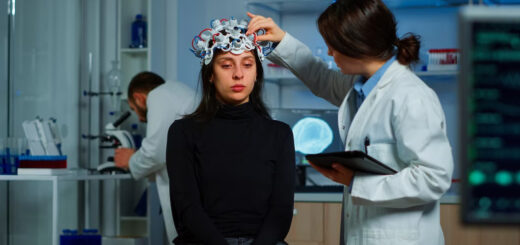7 Different Types Of Rehabilitation Therapy

The experience of going through rehabilitation therapy isn‘t the same for everyone. Each person’s problem is unique and necessitates a different approach to treatment. There are different kinds of rehabilitation therapies because people have different life experiences. The experience of going through neurological rehabilitation isn’t the same for everybody. Each person’s problem is unique and necessitates a distinct treatment strategy. There are different kinds of rehabilitation therapies because people have different life experiences.
Physical activities:
Rehabilitating something means bringing it back to its original state. People with physical difficulties can have their abilities restored and improved through physical rehabilitation and medical rehabilitation.
Injuries towards the joints, bone fragments, brain stem, muscles, tendons, and nervousness account for most of these difficulties. This type of therapy aims to increase patients’ individuality. You can carry on with your daily life after completing a successful restoration with the help of nutrition rehabilitation.
The scope of neurological rehabilitation is wider. It includes the rediscovery of skills. Alternative methods of moving or completing actions may also be taught as part of the treatment. As part of the rehabilitation process, patients receive assistance regaining their physical ability.
Occupational Therapy:
This treatment focuses on regaining a person’s capacity to carry out essential daily tasks. For example, this might entail working to enhance fine motor skills, regain balance, or help patients understand how to use assistive devices to boost their functional ability.
An international healthcare career is in occupational therapy. Creating, recovering, or preserving the worthwhile activities or professions of individual people, groups, or communities involves evaluation and intervention. Occupational therapists are medical rehabilitation professionals with training and education in enhancing brain health. Occupational therapists are specialists in classroom instruction, educating, and encouraging engagement in any activity that consumes a person’s time.
Speech therapy:
Communication issues and speech disorders are evaluated and treated in speech therapy. Therapists, also known as speech-language pathologists, are the ones who carry it out. Techniques from speech therapy are used to enhance communication.
Depending on the kind of spoken or written disorder, these might include articulatory therapy, improved capabilities exercises, and many others. Speech disorders that appear in early life or speaking difficulties in adults brought on by a disease or injury, such as a brain injury or stroke, may require speech and language therapy.
Pulmonary therapy:
This type of neuro rehabilitation is used to help patients with breathing disorders or difficulties. It helps them lessen respiratory distress, maintain open airways, and, when required, learn how to utilize inhalers and oxygen therapy correctly. Examining clients who have breathing problems is known as respirpracticeatory therapy.
The hild’s or adults’ lungs, as well as airways, must be examined and treated by a medical resident. They conduct chest exams and develop a treatment plan to address issues and illnesses with the lungs. In addition to managing breathing apparatus and monitoring blood oxygen levels, the main priorities are the diagnosis of lung cancer and respiratory problems.
Mental Health Rehabilitation:
This kind of therapy, also known as cognitive-behaviour recovery, works with patient populations to enhance their memory, starting to think, and reasoning abilities. Treatments addressing the cognitive issues that can develop after a brain injury are referred to as cognitive rehabilitation therapy (CRT). Given the spectrum of ailments and intensity of cognitive issues in people with brain injuries, CRT does not relate to any one particular therapeutic strategy.
Rehabilitation for the Workforce:
This therapy is designed to help patients return to work after an illness, injury, or another medical event. Therefore, its best to get neuro rehabilitation.
Programs for Dual Diagnosis:
Some comprehensive programmes focus primarily on addressing issues related to addiction as well as the mental health facets of the healing process. This type of therapy specifically addresses the underlying problems that lead to addiction.
Although programmes place a lot of emphasis on physical recovery, there is also a lot of attention paid to mental health issues. Treating one facet of addiction alone is frequently insufficient because, if the underlying causes are not properly addressed, the same behavioural patterns may recur through nutrition rehabilitation.
Conclusion:
As mentioned earlier, each of the treatments has advantages and potential drawbacks. Therefore, clients must go through a thorough evaluation before choosing one of these therapies. The results of this assessment will help medical professionals determine the type of treatment from which you will most likely benefit. Only after serious thought of the case’s situation is a decision made about the course of treatment and potential therapies.



